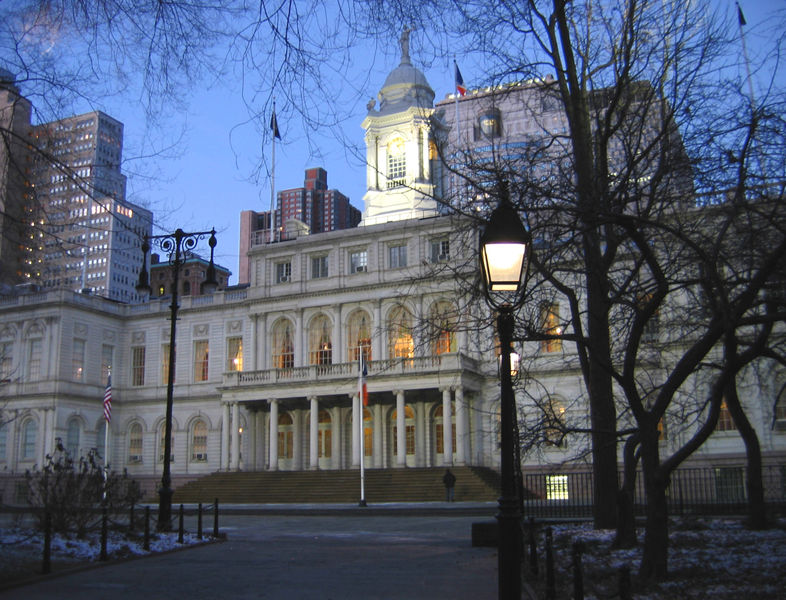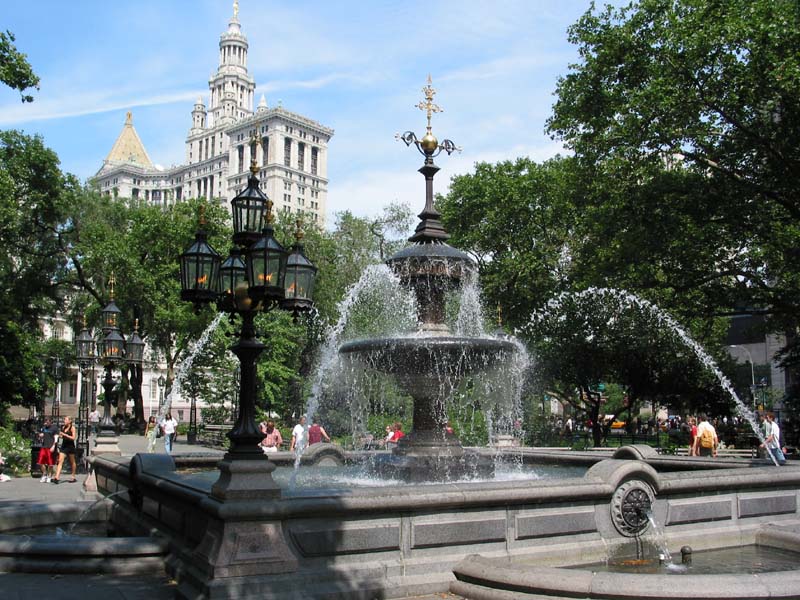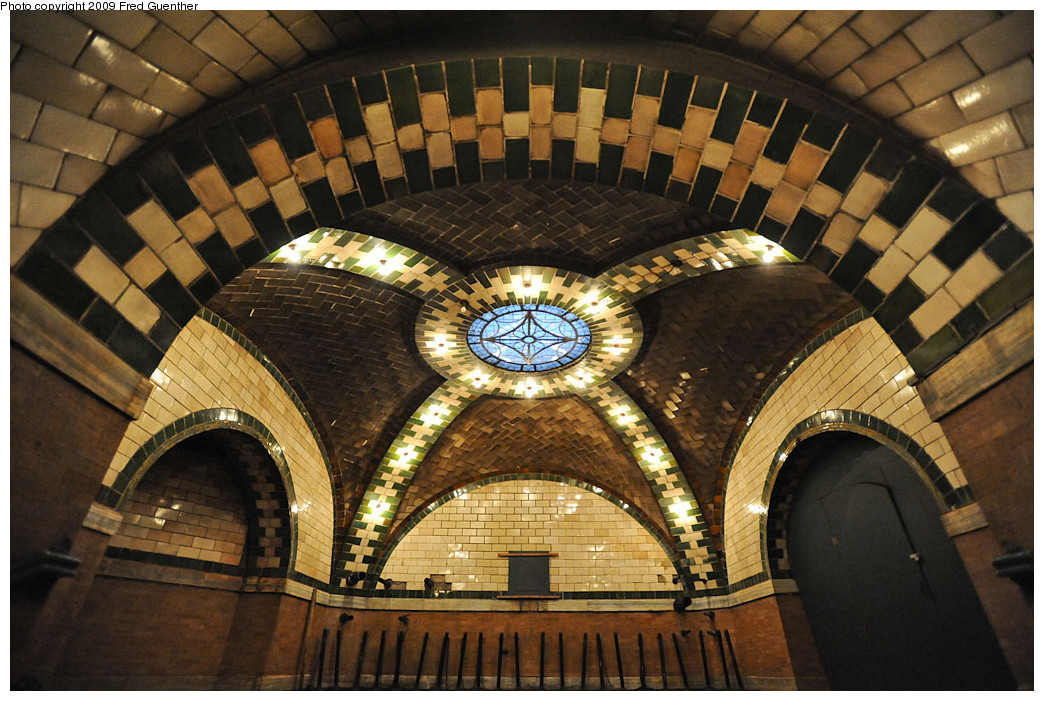There are several beautiful bridges in New York City. The Brooklyn Bridge is one of the most famous bridges in the world.The Verrazano Bridge is one of the longest suspension bridges in the world. However, there is one bridge on the upper west side of Manhattan that does not get as much recognition. This bridge is the only bridge in the city that connects New York to another State. This bridge is the George Washington Bridge and it has a very interesting history.
Construction on the George Washington Bridge started in 1927. The Bridge was designed by Othmar Ammann, a swiss architect. When Ammann came over to the states he started working with Gustav Lindenthal, a famous bridge architect. Lindenthal wanted to build a bridge that connected New York and New Jersey but his vision was too complex; he wanted the bridge to carry several railroad tracks as well as a pedestrian walkway. Lindenthal’s idea was too ambitious and expensive. Ammann thought the bridge should be simple and submitted a design to the Port of New York Authority and it was eventually chosen.
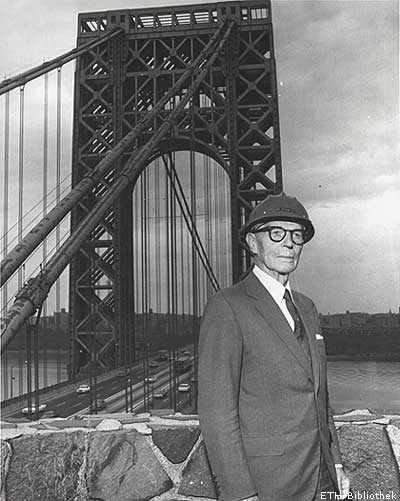
Othmar Ammann and the bridge Source: http://www.ethistory.ethz.ch/rueckblicke/departemente/dbaug/bilder/AmmannPortrait3.jpg
The Bridge was constructed in several phases. Construction workers first built the two towers of the bridge. Next the workers strung the main cables over the towers from both sides of the shore. Workers then hung steel suspenders from the cables, which would support the roadway. The last step was to build the roadway and hang it from the suspenders. Ammann designed the two towers to be covered in granite but it was eventually decided that it was best to leave the steel frames bare because it would cost too much money and the country was in the Great Depression.

source: http://www.panynj.gov/photo/bridges-tunnels/gwb-history-content-2.jpg
After four years of hard work, the George Washington Bridge was inaugurated and opened to the public on October 25, 1931.

Gov. Morgan F. Larson of New Jersey and Gov. Franklin Roosevelt of New York at the inauguration. Source:http://graphics8.nytimes.com/images/2011/02/18/nyregion/CITYROOM-BRIDGE2/CITYROOM-BRIDGE2-blog480.jpg

Source: http://graphics8.nytimes.com/images/2011/02/18/nyregion/CITYROOM-BRIDGE/CITYROOM-BRIDGE-articleInline.jpg
In its first full year of operation, the bridge served more than 5.5 million vehicles. At the time, the bridge had the longest center span in the world.
The George Washington Bridge will turn 81 years old this year. The biggest difference between the bridge now and when it first opened is the lower deck that was added in 1962.
With old age comes a lot of wear and tear so the George Washington Bridge is need of some repairs. In December 2011, the Port Authority authorized $15.5 million in repairs which will eventually rise to $1 billion. The biggest part of the repairs will be replacing the 592 vertical suspenders of the bridge. While the bridge is not in danger of collapse, most bridges need to get their suspenders replaced every 70 years so the port authority decided it was best to start the process now rather than at a time when it is critical and would cause lane closures. This process will take a long time because no more than three suspenders can be removed at a time or the bridge will destabilize. The suspenders will be replaced using a system that was used on the Golden Gate Bridge. A rolling platform will be placed on the main cables and workers will work from above to replace the suspenders. The restoration will also include cleaning the anchors that tie down the two towers, replacing broken wires in cables, and replacing dehumidifiers in the chambers of the anchors. The main cables of the bridge will also be cleaned by workers. The whole restoration is expected to take eight years and create 3,600 jobs.
The Port Authority runs a bus station right by the George Washington Bridge. This station is a big transportation and retail space but has been neglected since the 1960s. In 2008, a plan was put together by the Port Authority to renovate the station, but this plan fell through because of the recession. However in 2011, the Port Authority agreed to a deal to renovate the station with SJM Partners and Slayton Equities. The deal will bring a $183 million renovation to the station, of which the Port Authority will provide $80 million. The renovation is set to begin in January 2012 and will be completed in the spring of 2013.
This renovation deal is huge for the Washington Heights Community. Not only will the renovation bring jobs to the community, but the opening of new stores in the retail areas of the station will improve the local economy as well. SJM plans to lease a 25,000 square foot retail area to a supermarket, a 25,000 square foot retail area to a women’s clothing store, and a 20,000 square foot retail area to a fitness center. Other businesses will also be interested in setting up shop at this station because the station is exempt from property taxes because it is a public building and because it is located in a low income area. These stores will provide places to shop not only for Washington Heights residents, but also for residents of New Jersey who commute across the bridge to their workplaces in Washington Heights, such as the employees of the Columbia University Medical Center and NewYork-Presbyterian hospital.
The George Washington Bridge has a long history. It has connected the people of New York and New Jersey and made an economic impact on both states and the Washington Heights neighborhood. The Bridge has been effected by both the depression and the recession. Although it is getting old, with the new renovations the George Washington Bridge will serve us for a long time.
Works Cited
Hansen, Brett. 2008. “Simplifying the Suspension: The George Washington Bridge.” Civil Engineering (08857024) 78, no. 9: 36-37. Academic Search Complete, EBSCOhost(accessed April 13, 2012).
Haughney, Christine. “George Washington Bridge Needs Replacement Surgery – NYTimes.com.” The New York Times. http://www.nytimes.com/2011/12/09/nyregion/george-washington-bridge-cables-to-be-replaced.html?_r=1 (accessed April 13, 2012).
“History – George Washington Bridge – The Port Authority of NY & NJ.” The Port Authority of New York & New Jersey. http://www.panynj.gov/bridges-tunnels/gwb-history.html (accessed April 13, 2012).
Hughes, C. J.. “George Washington Bridge Bus Station to Get Renovation – NYTimes.com.” The New York Times. http://www.nytimes.com/2011/07/27/realestate/commercial/george-washington-bridge-bus-station-to-get-renovation.html (accessed May 13, 2012).
Maeder, Jay. “Naming Bridges Has Long Been Contentious – NYTimes.com.” NYTimes.com. http://cityroom.blogs.nytimes.com/2011/02/17/way-back-machine-naming-that-bridge/ (accessed April 13, 2012).





























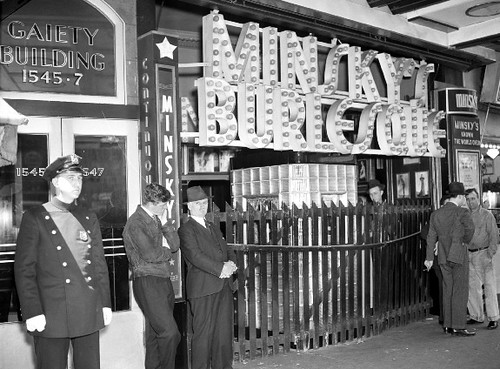 In the 1930s, waves of city residents migrated uptown (where rent was cheaper) and deserted Times Square. Low attendance and impossible real estate costs forced theaters to close. In place, entrepreneurs constructed saloons and brothels. These, along with “burlesque halls, vaudeville stages, and dime houses,” solidified Times Squares’ “reputation for licentiousness.” May Livingston and Ann Grey exploited Times Square’s decline and managed a combined half-dozen “houses of ill-repute.” To finance their ventures, Grey and Livingston worked as chorus girls and prostitutes, simultaneously.
In the 1930s, waves of city residents migrated uptown (where rent was cheaper) and deserted Times Square. Low attendance and impossible real estate costs forced theaters to close. In place, entrepreneurs constructed saloons and brothels. These, along with “burlesque halls, vaudeville stages, and dime houses,” solidified Times Squares’ “reputation for licentiousness.” May Livingston and Ann Grey exploited Times Square’s decline and managed a combined half-dozen “houses of ill-repute.” To finance their ventures, Grey and Livingston worked as chorus girls and prostitutes, simultaneously. Since 2000, New York City international and domestic visitors surged from 36 million to 51 million, 80% of whom passed through Times Square. Annual Broadway ticket sales are higher than ever – now at $1.3 billion (over 100 million tickets). Times Square employs 170,000 workers, a figure that will likely rise to 200,000 by 2014. Due in 2014, Times Square Alliance works on the “modern, minimalist sprucing up” project. Now a “dumpy-looking plaza,” Times Square will receive a face-lift, “a futuristic, streamlined look and a noirish quality that evokes the square’s colorful and occasionally illicit past.” While its façade will change, Times Square will continue to abide by district-maintained commitments to public welfare and visitor gratification.
Since 2000, New York City international and domestic visitors surged from 36 million to 51 million, 80% of whom passed through Times Square. Annual Broadway ticket sales are higher than ever – now at $1.3 billion (over 100 million tickets). Times Square employs 170,000 workers, a figure that will likely rise to 200,000 by 2014. Due in 2014, Times Square Alliance works on the “modern, minimalist sprucing up” project. Now a “dumpy-looking plaza,” Times Square will receive a face-lift, “a futuristic, streamlined look and a noirish quality that evokes the square’s colorful and occasionally illicit past.” While its façade will change, Times Square will continue to abide by district-maintained commitments to public welfare and visitor gratification. 













